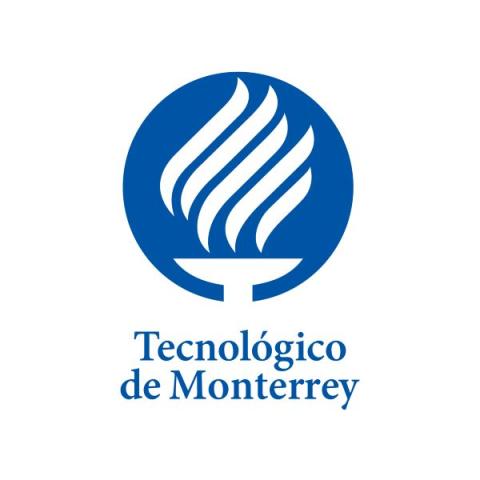
Ensuring online education is inclusive and accessible to all
In line with the UN’s Sustainable Development Goal 4, which is to “ensure inclusive and equitable quality education and promote lifelong learning opportunities for all”, everyone has the right to quality education. To deliver this online, teachers, instructional designers and programming experts must work together to create online learning environments that promote equity and full participation.
So, what have we done at Tecnológico de Monterrey to promote inclusion and ensure accessibility across our digital content? First, we promote a culture of inclusive language across all our educational material using an inclusive language guide which is available to all lecturers and instructional designers across the institution. The guide defines inclusive language as a set of forms of expression, written or oral, that combats discrimination and promotes equality. One of its goals is to eliminate stereotypes about gender, sexual orientation, disability, ethnic and cultural origin and age.
Second, we have created a course template for our learning management system that complies with the World Wide Web Consortium’s accessibility and usability standards to ensure that any student, regardless of physical, visual or hearing condition, can easily navigate and interact with all course content and that the content is compatible with assistive technologies. The course template includes formats for activities and quizzes, among other elements. Each format has a predetermined graphic style and relevant sections to fill out, such as objective/s, instructions, delivery specifications, criteria and forms of evaluation and feedback, to help teachers design their courses.
How to develop inclusive and accessible online course material
Use inclusive language in your content: stay informed about inclusive language practices to promote a respectful learning environment. It is essential, for example, to use gender-neutral terms and avoid assumptions based on the appearance of someone’s gender, sexual orientation or cultural background.
One key recommendation is to use collective nouns instead of specific gendered terms. Choosing appropriate nouns that are inclusive and neutral is also important (for example, avoid using “he” as a default pronoun) for ensuring that language does not exclude any genders. In some contexts, it may be useful to say “students of all genders” instead of just “students”.
Include alternative text for images: for users with visual impairments, include text that describes what is seen in the images you use. This means writing a description of up to 120 characters for each image, which can be read by a screen reader (assistive software that allows students to listen to the text and thus understand the images’ added value).
If you can’t keep the wording within the character limit, you can create a downloadable document that explains in text form the same information that is conveyed by the picture. For example, a process explained by a flowchart could include a text document version that describes in detail how the process works, detailing how each part of the process is connected to each other.
Provide subtitles for audio and video: videos you incorporate into course material should feature closed captions, allowing students the option of listening to or reading their content.
- Resources on equity, diversity and inclusion
- Spotlight: Embracing diversity in higher education
- Embrace the potential of dyslexic thinkers for the future of research
Adjust the contrast between the text and background: the course colour palette should have a minimum contrast of 25 per cent between any background and text to improve its visibility for students with visual impairments. You can use tools such as the WebAIM site to check this contrast.
Use headings appropriately: creating a logical hierarchy for your documents and web content through the proper use of headings and subheadings facilitates efficient navigation. This allows users with screen readers to move through the different sections with ease.
Only use tables to present tabular data: the tables you use in your courses must have a defined table header row and/or column, as well as a brief and descriptive title of their content. This makes it easier for a screen reader to read. Tables should not be used to accommodate and give visual structure to content.
Use the right size font: for PowerPoint presentations, we recommend using a font size of at least 20 to make it easier to read. Pictures that include text should match the rest of the text as closely as possible.
Select photographs that promote diversity and inclusion: use images that represent the diversity of the student community in terms of race, disability, culture and gender, among other categories.
In addition to the above actions, it is important to conduct sessions with your colleagues to share and complement our online educational practices. Listen to your students too! Their online course experience allows us to really understand what students need to improve their knowledge and skills.
Mayela Beatriz Rodríguez Romo and Martha Fabiola Espinosa Mata are digital experience project leaders and Abraham Esteban Gómez Coss is a web programming functional leader, all at Tecnológico de Monterrey.
If you’d like advice and insight from academics and university staff delivered direct to your inbox each week, sign up for the Campus newsletter.




